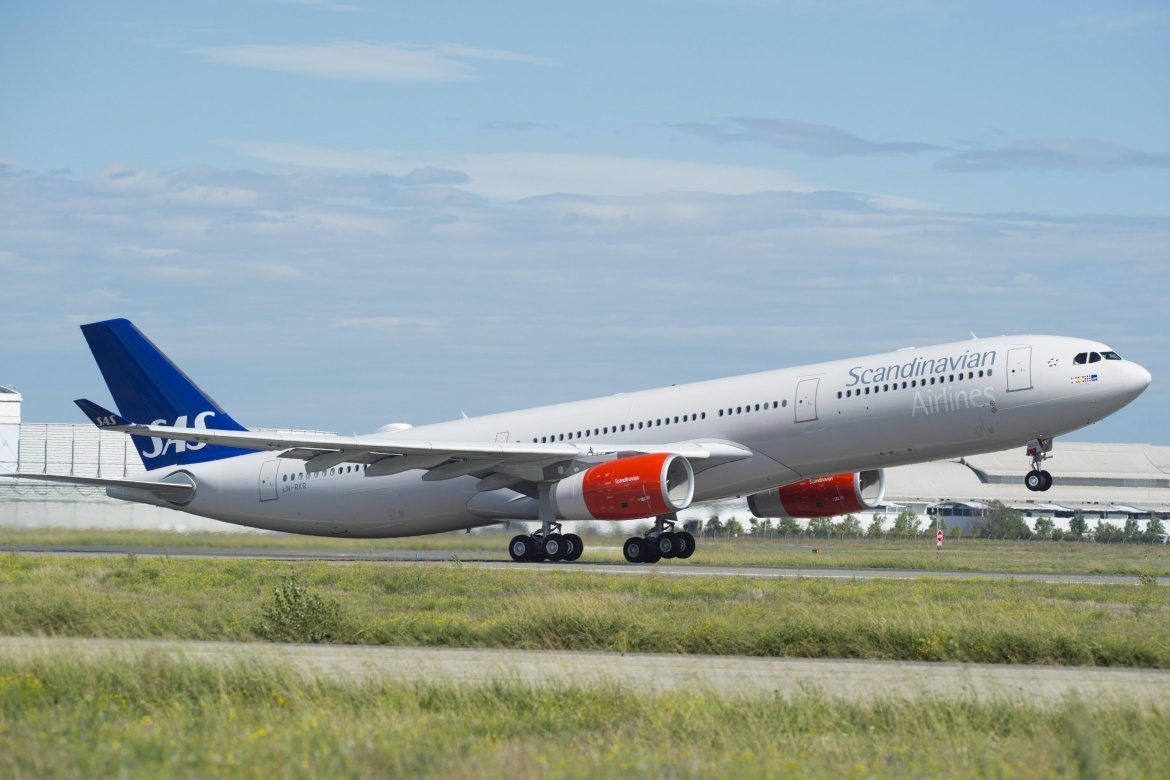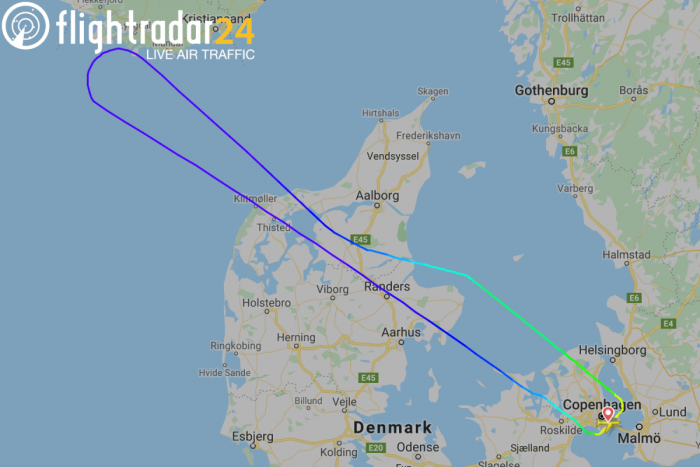An Airbus A330 operated by SAS had to return to Copenhagen yesterday as a result of a birdstrike. According to passengers on board, the aircraft hit a flock of geese. Thankfully the miracle on the Hudson was not repeated as the engines remained in action.
While commercial aircraft are usually under air traffic control while in flight, the same cannot be said about birds. With the flying animals travelling much slower than aircraft, they don’t have time to get out of the way should an aircraft creep upon them. This leads to bird strikes.
What is a bird strike?
Bird strikes can cover a huge range of incidents. In fact, any occasion where an aircraft makes contact with a bird is called a bird strike. Hitting a bird can have a variety of consequences. In minor cases, it will go unnoticed. However, hitting a bird can also lead to dents in the aircraft, sensor damage, cracked windscreens, and in the worst cases, engine failures.
Arguably the most famous bird strike of all time involved Captain Sully landing an Airbus A320 in New York’s Hudson River. However, more recently we saw a Russian A321 operated by Ural Airlines crash into a cornfield following a dual bird strike.
What about the SAS incident yesterday?
Yesterday SAS flight 943 was due to fly from Copenhagen to Chicago. The flight was to be operated by a SAS Airbus A330, registered as SE-REH. According to Planespotters, the aircraft is just 0.5 years old having been delivered to SAS in July.
The flight had been due to depart from Copenhagen at 15:40, however, it did not get into the skies until 25 minutes later at 16:05. The Aviation Herald reports that on departure from Copenhagen, the aircraft experienced a birdstrike. A passenger onboard the aircraft (@CjColclough) indicated on Twitter that the aircraft had flown through a flock of geese.
.@SAS huge shout out to captain and crew on today's SK943 that had to return to CPH after hitting a flock of geese on takeoff. So professional and kind. That the captain could land that plane with two damaged wings so smoothly is amazing. Go SAS!
— CColcloughUNI (@CjColclough) October 28, 2019
It has been reported that the aircraft continued with its climb as all instruments were indicating that it was business as usual. As such, the aircraft climbed to 32,000 feet. According to Flightradar24, the aircraft was around 40 minutes into the flight when it made a U-turn. The aircraft returned to Copenhagen, landing around 55 minutes after the pilots began to turn back to the flight's origin.
Once on the ground in Copenhagen, the passengers were deplaned from the aircraft, and it was taken out of service pending inspection/repair. The aircraft is still on the ground in Copenhagen according to flight tracking software. It appears that nobody was injured in yesterday’s bird strike incident.
Were you onboard SAS flight 943? What did you experience? Let us know your thoughts in the comments!


